Increasing Visibility: Identifying Opportunities and Conquering Obstacles in Media Training for African Non Profits
In the realm of nonprofit organisations, especially those nestled within the diverse and dynamic landscapes of Africa, the power of visibility cannot be overstated.
My forty year journey into exploring media training for these entities has illuminated a path fraught with both potential and peril.
Media training, in essence, equips organisations with the ability to effectively communicate their mission, impact, and needs to the public and potential donors through various media channels. This training encompasses a broad spectrum of skills, from crafting compelling narratives to handling interviews and managing crises.
For African organisations, which often operate in environments marked by socio-economic challenges and political instability, media training is not merely an enhancement tool; it is a critical survival strategy.
The significance of media training unfolds across multiple dimensions. At its core, it is about mastering the art of storytelling.
In a continent teeming with untold stories, media training empowers organisations to bring their narratives to the forefront, to shine a light on the issues they tackle, and the communities they serve.
It’s about building relationships with the media, understanding the media landscape, and leveraging it to one’s advantage. However, as we delve deeper into this subject, we encounter a landscape characterised by both promising opportunities and daunting threats.
The Importance of Visibility for Nonprofits
Visibility for nonprofits transcends mere recognition; it is the lifeline that connects these organisations to a global audience.
It’s about painting a vivid picture of their endeavors, their challenges, and their triumphs. In the context of African organisations, visibility is the bridge that links local initiatives to global support systems. It is a powerful tool that not only attracts funding and resources but also fosters partnerships and amplifies advocacy efforts.
However, achieving visibility is not without its challenges. In a world inundated with information and competing narratives, capturing the attention of the media and, by extension, the public, requires strategic intent and professional finesse.
This is where the significance of media training comes into sharp focus. By equipping staff and volunteers with the skills to effectively communicate their organisation’s message, nonprofits can navigate the complexities of the media landscape with confidence and clarity.
Moreover, enhanced visibility through media engagement opens up avenues for influencing policy, engaging stakeholders, and driving social change. It elevates the organisation’s profile, positioning it as a credible and authoritative voice in its field.
In essence, visibility is not just about being seen; it’s about being heard, understood, and supported.
Understanding Opportunities and Threats in Media Training
Navigating the media landscape presents a dichotomy of opportunities and threats examples that African organisations must carefully manage.
On one hand, the digital age offers unprecedented access to platforms and audiences, breaking down geographical barriers and enabling real-time engagement. Social media, online news outlets, and multimedia platforms present fertile ground for nonprofits to sow their stories and reap widespread visibility. These opportunities are not just about broadcasting one’s message but about engaging in meaningful conversations with stakeholders and the public.
Conversely, the digital age also amplifies threats. Misinformation and disinformation can quickly spiral out of control, tarnishing reputations and undermining credibility.
The fast-paced nature of online media means that organisations often have little time to respond to crises or controversies. Furthermore, the crowded digital space can dilute messages, making it harder for organisations to stand out. Navigating these threats requires not only media training but a strategic approach to media engagement that is proactive, rather than reactive.
Understanding these opportunities and threats is the first step towards leveraging media training effectively. It’s about adopting a strategic mindset, one that recognises the power of media as both a tool and a terrain of engagement.
Examples of Opportunities for African Organisations
The landscape of media training offers a plethora of opportunities for African organisations willing to venture into its depths. One such opportunity is the ability to tailor messages for different media platforms. From traditional media outlets like television and radio to digital platforms such as social media and blogs, each channel offers unique advantages for storytelling and audience engagement.
Another significant opportunity lies in the realm of networking. Media training can open doors to building relationships with journalists and influencers who can become advocates for the organisation’s cause. These connections are invaluable for amplifying messages and reaching wider audiences.
Moreover, the digital revolution has democratized access to media production and distribution. Today, organisations can produce their own content, from videos to podcasts and infographics, and distribute it directly to their audiences. This not only circumvents traditional gatekeepers but also allows organisations to maintain control over their narratives.
Examples of Threats Faced by African Organisations
Conversely, the media landscape is fraught with threats that African organisations must navigate with caution. The prevalence of misinformation is a significant challenge, with the potential to erode trust and credibility. In a digital age where information spreads at lightning speed, a single piece of false information can have far-reaching consequences.
Another threat is the risk of message distortion. In the process of media engagement, the core message of an organisation can be misinterpreted or skewed, leading to public confusion or backlash. This underscores the importance of clear, concise, and consistent messaging.
Additionally, the issue of digital divide cannot be overlooked. While the internet has expanded the reach of media, it has also highlighted the gap between those with access to digital technologies and those without. For organisations operating in remote or underprivileged areas, this digital divide can limit their visibility and impact.
Overcoming Threats Through Effective Media Training
The key to overcoming these threats lies in comprehensive and effective media training. This involves not only training staff and volunteers in the art of communication but also developing a strategic approach to media engagement. It’s about anticipating potential threats and having contingency plans in place.
Crisis communication is a critical component of media training. Organisations must be prepared to respond swiftly and effectively to mitigate the impact of negative publicity. This includes having a crisis communication plan, training spokespeople, and monitoring media channels for potential threats.
Moreover, media training should also focus on digital literacy







